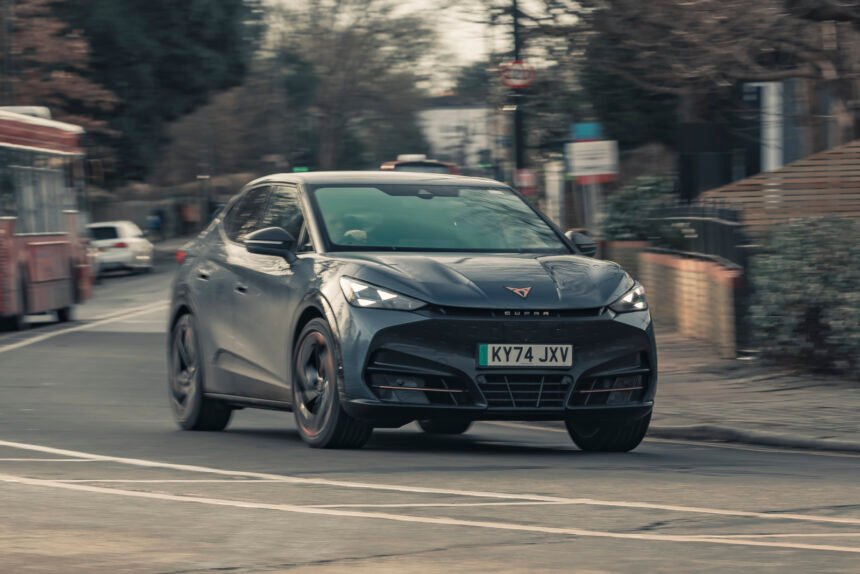The interior of the cabin in the Tavascan is truly impressive, with one standout feature being the massive 15-inch touchscreen display. The screen is crystal clear, vibrant, and easy to use, making it a focal point of the car’s interior. The built-in mapping system is also top-notch, but for even better navigation experience, wireless phone mirroring with Android Auto is recommended.
However, there are a few minor drawbacks to the touchscreen interface. All of the car’s controls are operated through the touchscreen, which can be a bit cumbersome at times. For example, activating the heated steering wheel requires navigating through multiple menus, and changing vehicle settings like speed limit assist can be a bit tedious.
On the positive side, the ability to pin quick-access favourites to the top of the screen is a helpful feature. But adding more favourites via dropdown menu can be a bit finicky, with some options disappearing upon restart. Additionally, the haptic controls on the steering wheel may be prone to accidental activation, and the window switches require an extra step to lower the rear glass.
Driving the Tavascan in winter has highlighted its efficiency challenges, as the 77kWh battery struggles in cold temperatures. On average, the car achieves around 2.7 miles per kilowatt-hour in Comfort mode, falling short of its claimed 320-mile range. By switching to Range mode and utilizing heated seats and steering wheel, efficiency can be improved to 3.3mpkWh.
As we look forward to warmer spring weather, it will be interesting to see how the Tavascan’s efficiency and range are affected. Overall, the Tavascan offers a comfortable and high-tech interior, with a few minor quirks that can be easily managed.







